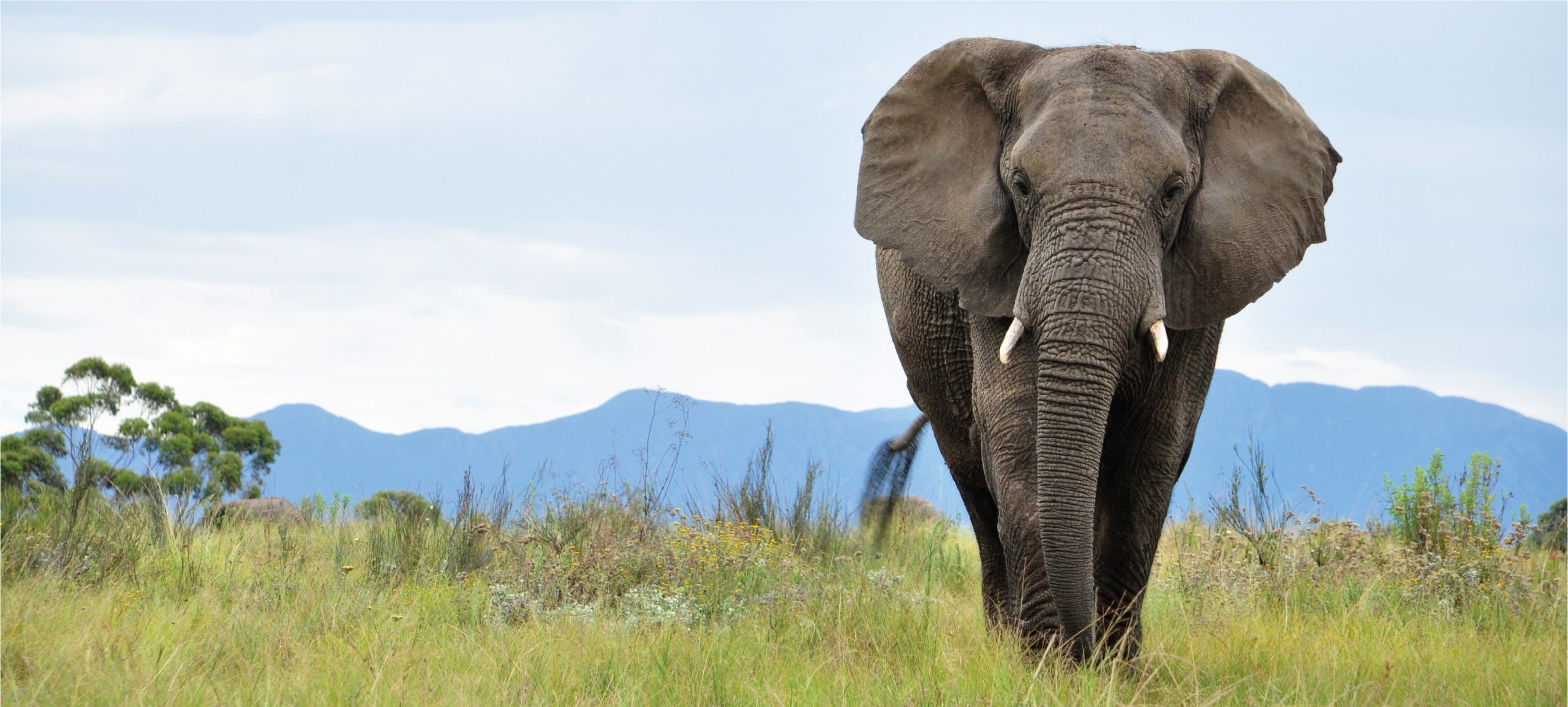-

Dark Kangaroo Mouse
Discover the fascinating world of the Dark Kangaroo Mouse (Microdipodops megacephalus), a nocturnal rodent native to the arid landscapes of the Great Basin. With remarkable agility and a diet primarily consisting of seeds and grains, this vulnerable species is vital for seed dispersion and plays an essential role in its ecosystem. Learn about its unique…
-

Pallid Kangaroo Mouse
Discover the unique Pallid Kangaroo Mouse, a fascinating nocturnal rodent native to the arid landscapes of the southwestern United States. With its remarkable leaping abilities, distinctive physical traits, and crucial role in its ecosystem as a seed disperser, this vulnerable species faces challenges from habitat loss and climate change. Learn more about its habitat, diet,…
-

Panamanian Spiny Pocket Mouse
Discover the fascinating world of the **Panamanian Spiny Pocket Mouse** (*Heteromys desmarestianus*), a unique nocturnal rodent native to the tropical forests of Panama. With its distinctive spiny fur, complex burrowing behavior, and crucial role in seed dispersal, this vulnerable species faces challenges from habitat loss. Learn about its diet, reproductive habits, and the conservation efforts…
-

Trinidad Spiny Pocket Mouse
Discover the intriguing life of the Trinidad Spiny Pocket Mouse (*Podomys trinitatus*), a small rodent thriving in the unique tropical habitats of Trinidad and Tobago. With its distinctive spiny coat and nocturnal behavior, this vulnerable species plays a crucial role in its ecosystem as a seed disperser while facing challenges from habitat loss. Learn more…
-

Southern Spiny Pocket Mouse
Discover the fascinating world of the Southern Spiny Pocket Mouse, a resilient inhabitant of Arizona’s deserts known for its unique spiny fur and cheek pouches that aid in foraging. These nocturnal creatures play a vital role in their ecosystem as seed dispersers, while their burrowing habits contribute to soil health. Learn more about their habitat,…
-

Buller’s Spiny Pocket Mouse
Discover the fascinating world of the Buller’s Spiny Pocket Mouse, a small rodent native to the arid regions of the southwestern United States. Known for its unique spiny fur and nocturnal foraging habits, this species plays a critical role in seed dispersal and sustains delicate desert ecosystems. Learn about its habitat, behaviors, and conservation status…
-

Overlook Spiny Pocket Mouse
Discover the intriguing world of the Overlook Spiny Pocket Mouse (*Perognathus longimembris*), a nocturnal rodent thriving in the arid regions of the southwestern United States and northern Mexico. With its distinctive spiny fur, social behavior, and role as a seed disperser, this small yet fascinating creature showcases the remarkable adaptations necessary for survival in harsh…
-

Desmarest’s Spiny Pocket Mouse
Discover the intriguing world of Desmarest’s Spiny Pocket Mouse (*Heteromys desmarestianus*), a nocturnal resident of Central and South America’s tropical forests. With their remarkable agility, distinctive spiny fur, and vital role in seed dispersal, these mice contribute significantly to their ecosystems while facing challenges from habitat loss. Learn more about their behavior, unique characteristics, and…
-

Gaumer’s Spiny Pocket Mouse
Discover the intriguing world of Gaumer’s Spiny Pocket Mouse, a small nocturnal mammal native to the tropical dry forests of the Yucatán Peninsula. Learn about its unique adaptations, vital role in seed dispersal, reproductive habits, and the pressing conservation challenges it faces due to habitat loss. Dive into this fascinating species and its ecological significance…
-

Plateau Kangaroo Rat
Discover the fascinating world of the Plateau Kangaroo Rat (*Dipodomys ordii*), a nocturnal rodent adapted to the arid regions of the western United States. Known for its impressive leaping abilities and unique burrowing habits, this vulnerable species plays a vital role in its ecosystem as a seed disperser. Learn about its habitat, diet, and the…
Search
Popular Posts
-
Lygosoma corpulentum
Discover the Lygosoma corpulentum, or fat skink, a robust insectivorous lizard native to Southeast Asia’s moist tropical rainforests and varying habitats. With a stocky body, impressive camouflage, and remarkable adaptability, this ovoviviparous species plays a crucial role in maintaining ecological balance.
-
Lygosoma boehmei
Lygosoma boehmei is a slender, nocturnal insectivore found in humid tropical rainforests and savannas of Southeast Asia, exhibiting a smooth, camouflaging texture and remarkable burrowing abilities. This vulnerable species plays a crucial role in its ecosystem by controlling insect populations and serving as prey for larger predators.
-
Lygosoma bampfyldei
Lygosoma bampfyldei, commonly found in tropical and subtropical regions, is a moderately sized lizard measuring 15 to 25 cm, known for its elongated body and glossy, camouflage coloration. This insectivorous species thrives in moist habitats and plays a vital role in maintaining ecological balance by controlling insect populations.
Categories
Tags
animal adaptations (924) animal behavior (5000) animal reproduction (865) behavior (920) biodiversity (7853) conservation (1670) conservation efforts (1778) conservation status (5748) diet (2104) ecological balance (2087) ecological role (1952) ecosystem (1469) ecosystem role (2901) endangered species (2514) habitat (3280) habitat conservation (1136) Habitat Destruction (1421) habitat loss (3385) herpetology (870) insectivorous reptiles (948) IUCN Red List (1971) lizard behavior (881) lizard diet (944) lizard reproduction (1101) nocturnal animals (2754) nocturnal behavior (2592) nocturnal reptiles (1061) physical characteristics (2058) predator-prey relationships (927) reproduction (2890) reptile behavior (1037) reptile conservation (1348) reptile reproduction (1069) rodent species (1325) seed dispersal (2145) Seed Disperser (979) small mammals (1168) snake behavior (952) snake diet (1061) snake reproduction (1129) tropical forests (948) Vulnerable Species (4926) wildlife (2511) wildlife conservation (5355) wildlife protection (1008)



